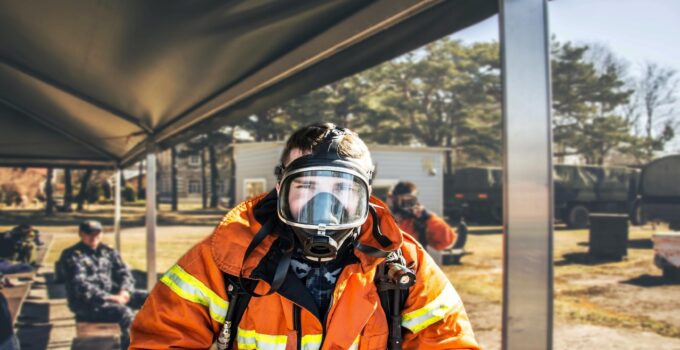Handling chemicals is a daunting task. You need the right clothing, storage, and handling for the assured operations.
Here are some of the top tips to keep you safe when handling chemicals;
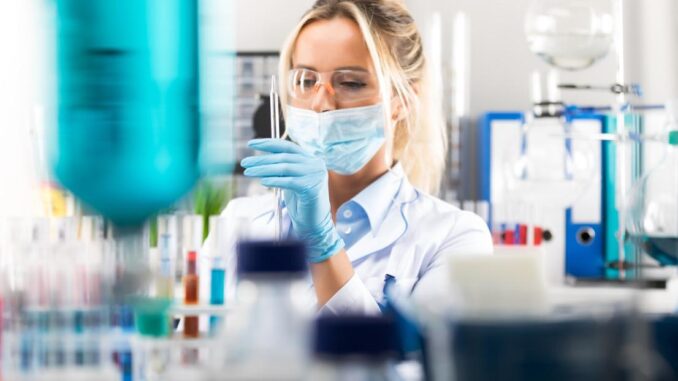
Source:thecompleteuniversityguide.co.uk
1. Understand the Chemicals you handle
Understanding the substances you deal with is the first step towards keeping safe. After knowing the chemical, you have when you can undertake the other safety aspects. The resource to use for the chemical information is the Safety Data Sheet (SDS). It has all the information on every hazardous substance. You get the SDS from the supplier.
Obtain the SDS before the delivery of the chemical. It helps you prepare the right storage and handling measures. You can have a unique design if necessary or prepare protective clothing.
The SDS details the chemical properties of the substance. It also shows the nature of the hazard that it has. Some of the chemicals are flammable, while others are toxic if inhaled. The information allows you to see if it’s compatible with your environment and what you seek to achieve.
The information beforehand is also great to help you develop the necessary labeling methods. It is tempting to let the chemical in for some time before labeling. It later becomes difficult as you might forget the exact name or chemical properties. This sets you up for possible catastrophe.
Safety clothes, storage, and operation framework must merge for the best chemical handling procedures.
2. Wear protective equipment
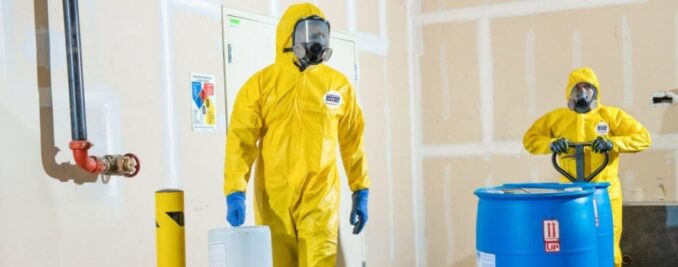
Source:int-enviroguard.com
Once you understand the risk that comes with handling chemicals, you know the need for protection. Buy personal protective equipment from SouthwestBusiness for protecting against hazards.
The PPEs come in handy in protecting against the chemical, reaching your eyes, skin, or even the whole body. Exposure to the chemicals has various effects on the body. For example, exposure to lead, mercury, or pesticides can cause brain and nervous system damage. Welding fumes and acid mists cause pain and irritation of the eyes.
The surge in cancer and other terminal diseases are also contributed to exposure to chemicals. Asthma, liver damage, skin allergies, and other conditions can result from exposure to chemicals.
The various chemicals enter the body through different means. You can either inhale or ingest them unknowingly or pass through the skin. While you cannot eliminate these hazards, PPEs reduces the risk of them taking place.
PPEs do not eliminate the need for taking precautions. Everyone must still put in place safety measures. The PPEs thus work as the last line of defense.
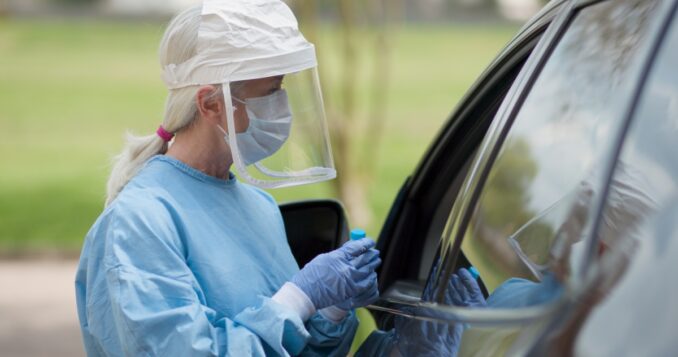
Source:chemicalsafetyfacts.org
There are various PPEs for different chemicals. Some of the ones to have when handling chemicals include;
- Protective clothing. They provide whole-body protection against chemicals and other contaminants. It should be comfortable enough without restricting movement. It should also allow full-body control while providing ample body cover.
- Goggles. These are some of the most popular PPEs. They help cover the eye completely when working in dangerous areas. They are great for use in places with a risk of chemical splashing. It works as part of other protective equipment. For example, you can wear it together with protective clothing.
- They are useful in protecting hands. They come in various materials like latex, butyl rubber, and neoprene. The gloves must not have any cracks or holes before use. They should also not be used more than once.
- Apron. These are fire-resistant made clothing to protect from chemical splashes. They work similarly to the lab coats.
- Closed-toed shoes. Sandals and any other open-toed footwear are not ideal when working with chemicals. They expose the feet to possible damage from chemical spillage and other contacts.
The closed-toes are the best feet wear when handling chemicals. They are made from leather that protects the feet from contacting the substances.
Avoid other shoe types like heels, which become uncomfortable at some point.
3. Train employees
Do not assume that every staff knows what goes on when handling chemicals. Neither should you believe that providing PPEs and safety clothes is enough. Train all the staff in your workplace to understand all the chemicals. They should understand the risks and hazards they face while working in a given environment.
Training on the chemical and risks should be part of the onboarding for the new staff. Take them through the fire and chemical emergency training. This should also include evacuation processes and the best possible reactions.
The training should also come with what to do in case of exposure to the chemicals. They also need to understand how to handle co-workers exposed. Train them on nepean first aid, buddy system, and other notification procedures.
Handling chemicals should also be significant for staff training. Let them understand dispensing methods, equipment maintenance, and earthing and disposing containers.
At the same time, don’t forget that chemical storage options. Teach them labeling and signage. This is also the point to spell out the hierarchy and who can access any given chemical.
4. Store chemicals safely
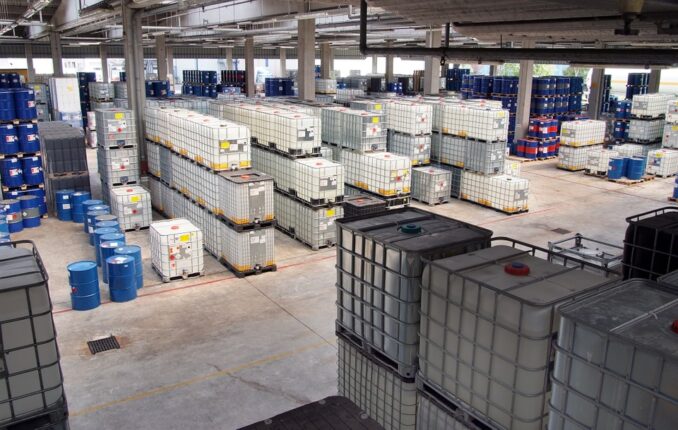
Source:powerblanket.com
Storage is one of the daunting tasks when handling chemicals. Most of the substances are reactive when they come into contact with other substances. They can cause explosions, fires, and toxic gas clouds.
Follow all the storage provisions to the letter. Use the SDS guidelines on how best to store a particular chemical. You can check the substances it is compatible with and the ones to store separately.
Some of the storage tips include;
- Storing away from food. Have a place within the facility that caters to food preparation and serving. The site should have access to water and soap. This helps clean up before handling food. It also keeps food from contamination. It then reduces the risk of ingesting chemicals.
- Label all the chemicals before storage. You should also include a warning sign for the case of toxic and flammable chemicals.
- Have a unique cabinet for storing the chemicals. It should have a lock and proof of contamination.
- Have well-ventilated storage, away from other activities.
Bottom Line
Handling chemicals is a risky affair. Any mishap, and you can burn down a whole building. Use these tips to help you keep safe when handling chemicals.


